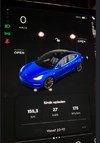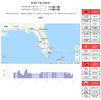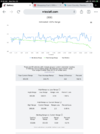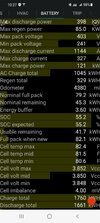Battery quesions for newbie
- I hear a lot of 4680 coming out of Berlin in a 6 months or so. What will that assumingly to do range, charing speed, price of the cars etc ?
- Elvissa really have patient and tried to teach me basics of batteries. I learned e3dl is the battery to pursue. Another person told me that there is difference between how much the Panasonic vs LG should be charged? The one only to 90% the other fine 100% contunuously?
Any insights ?
E3LD is the best of the current batteries when it comes to capacity and charging speed. The differences is not very big, so I personally do not think its an issue. If you can choose, get the 3L(E3LD). Otherwise, get what you get and be happy.
Theres not any direct difference between the Panasonic(E3LD) and the two versions of LG(E5D and E5LD) when it comes to charging levels.
Panasonic use NCA chemistry and LG NMC, I think. Theres theoretically some small differences between the chemisty but the short answer is that that behave the same when it comes to chargine levels.
No of these batteries is sensitive to be charged to 100%. They do not like to be at 100% for long times though. If charged to 100%, its a good idea to plan the charging so it is finished not too long before the departure.
If charged to 100% and driven down do zero they might hold for some 1000 cycles, thats 300.000km or more.
If charged and used in smaller cycles, they hold much longer.
Litium batteries doesnt like to stay for long with high charging level(SOC). They like lower SOC’s.
Lithium batteries preferes smaller cycles.
Lithium batteries prefer that the cycle is lower down in the SOC region.
Lithium batteries DO NOT have any memory effects, so they should be charged often(daily if possible).
For daily driving, the normal procedure is to not charge full(to 100% SOC) but to charge for what is needed plus a healthy margin.
50-60-70% is often enough.






